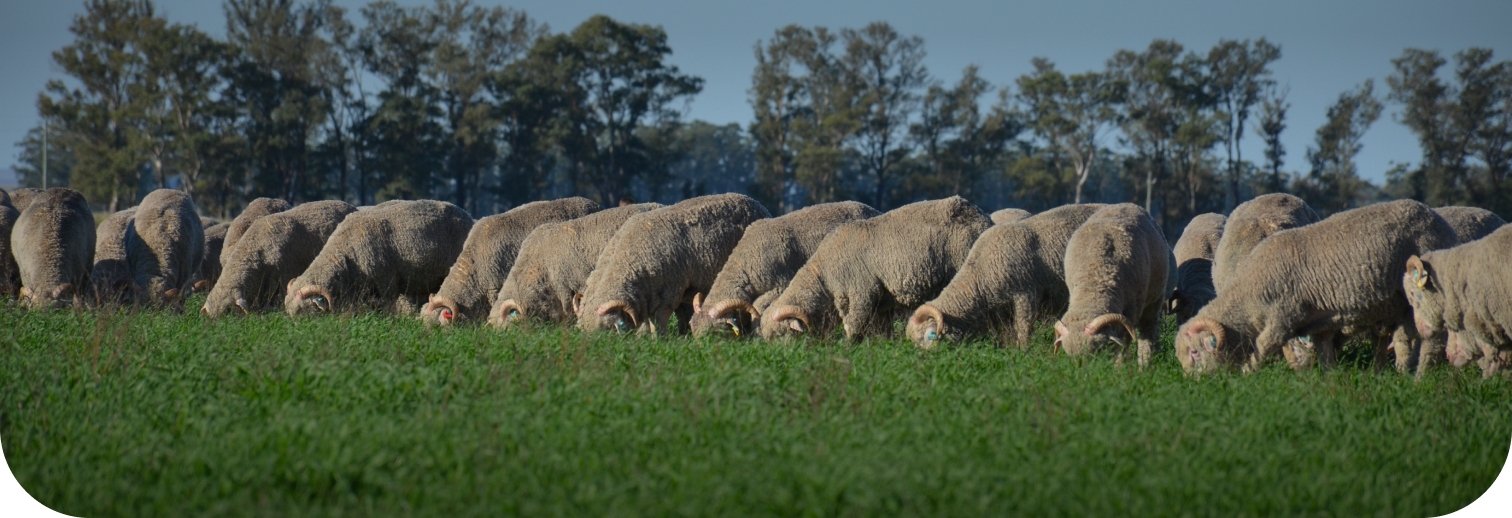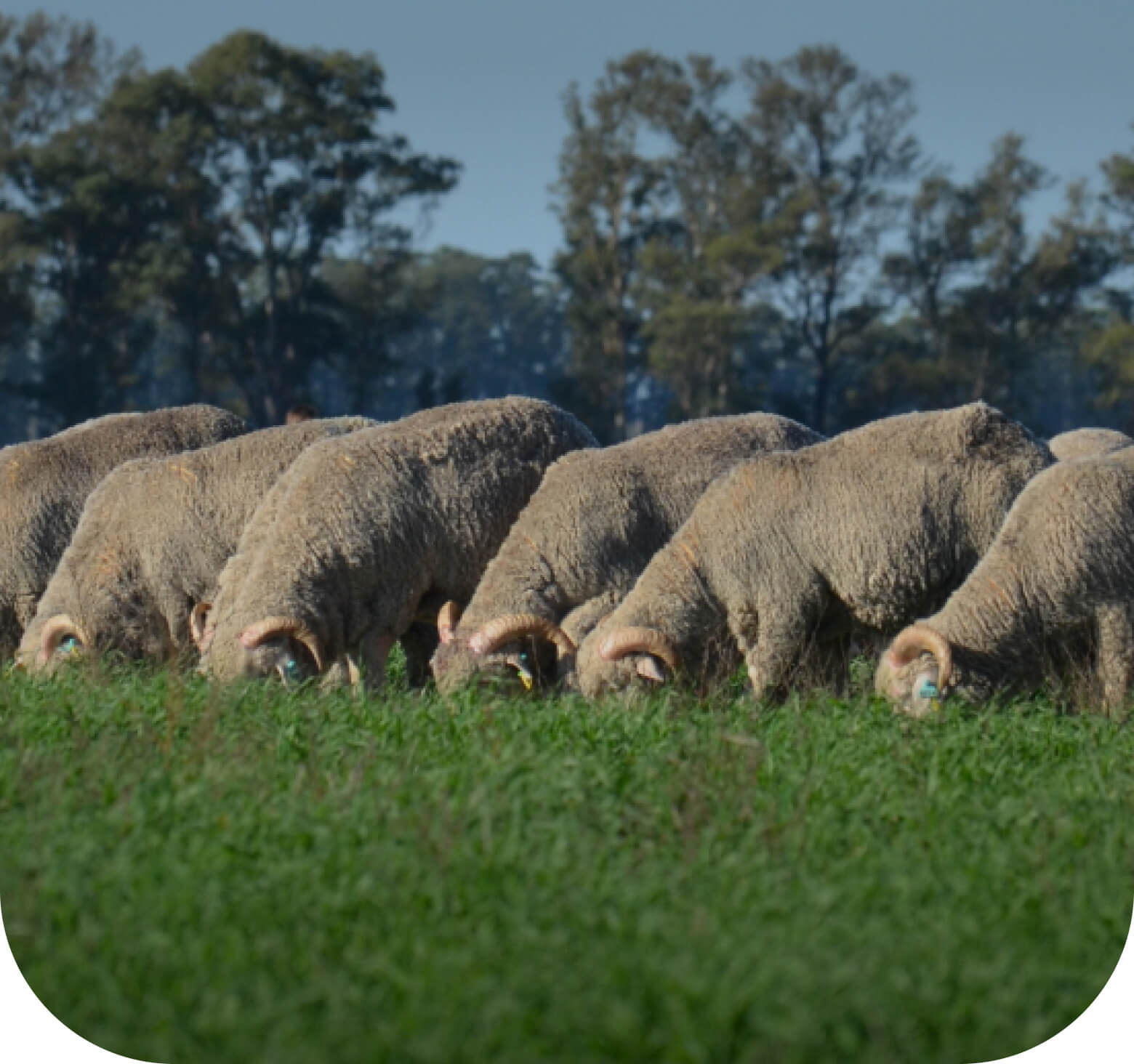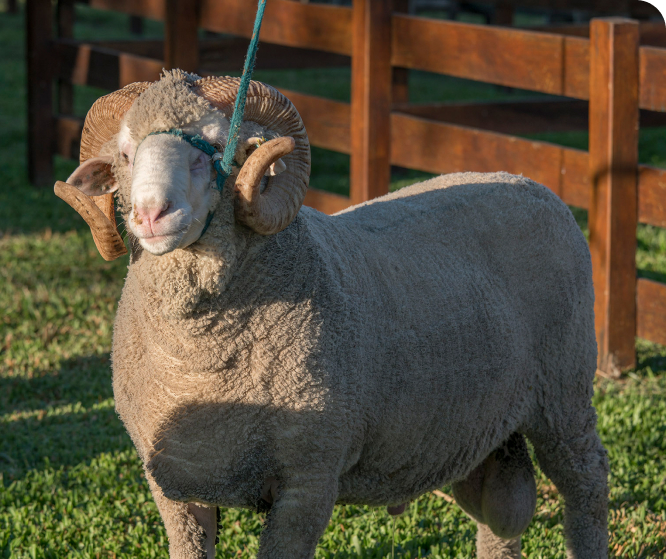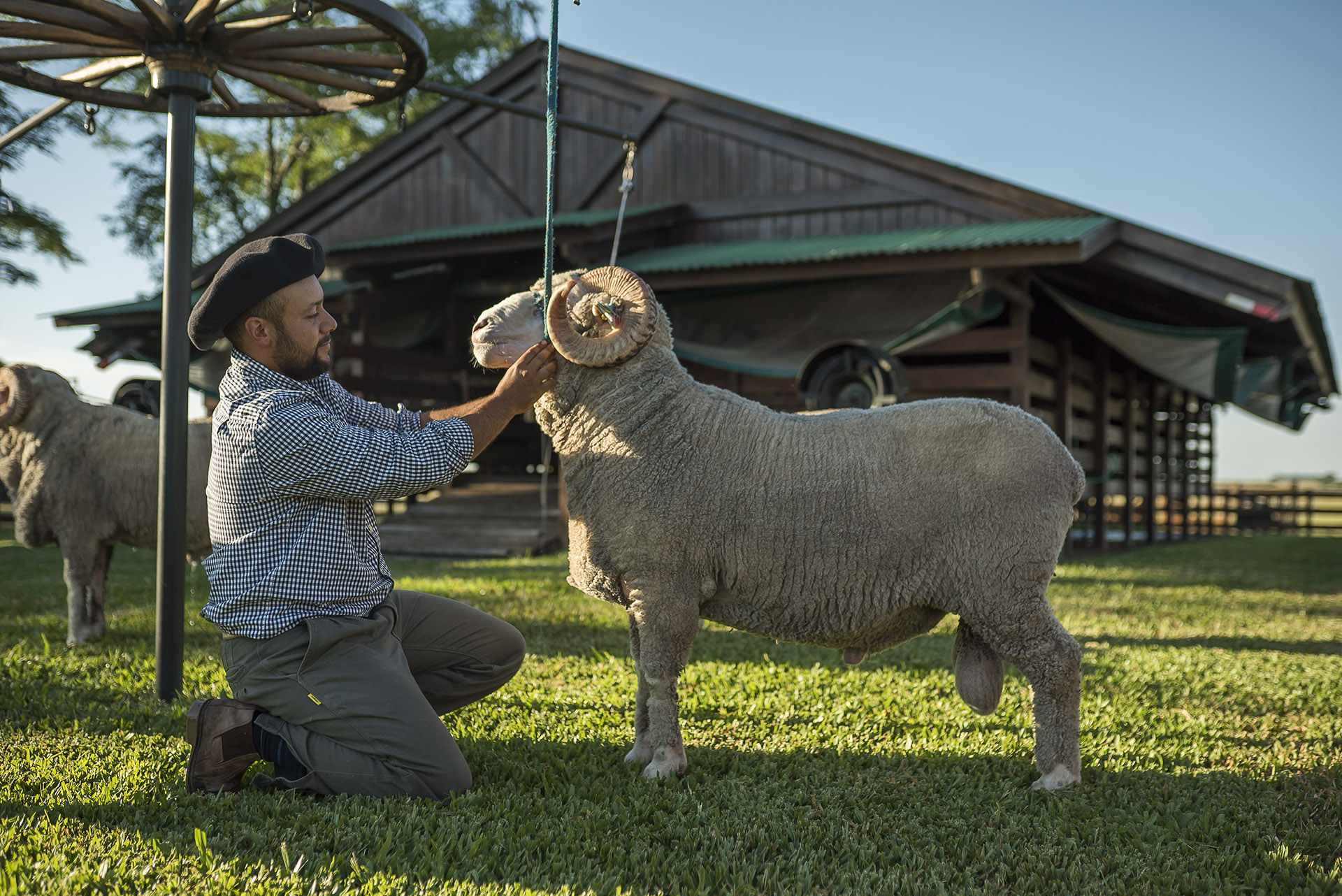

Sheep wool is the most widely used animal fiber in the textile industry.
Natural Fiber
Wool is a product of the natural process in the life of sheep. At the core of this fiber is keratin, a fibrous and flexible protein that forms the basis not only of wool but also of human hair and nails, as well as other animal fibers.
This protein is responsible for giving wool attributes and benefits that are not found in other textile fibers. Wool is a natural, hygroscopic, biodegradable, self-sustaining, and renewable fiber. It is distinguished by being fire retardant, elastic, resistant to unpleasant odors, non-polluting, and, if necessary, recyclable. Wool is suitable and perfect for all climates throughout the year.


Preferred Fiber
Textile Exchange defines a "preferred material" as "a fiber or raw material that delivers beneficial results and impacts for the climate, nature, and people through a holistic approach, transforming fiber and raw material production systems."
Learn about our Regenerative Livestock Program, where we are driving a positive impact on sheep farming in Uruguay.
Unique Characteristics
IWTO Wool Notes 2024
